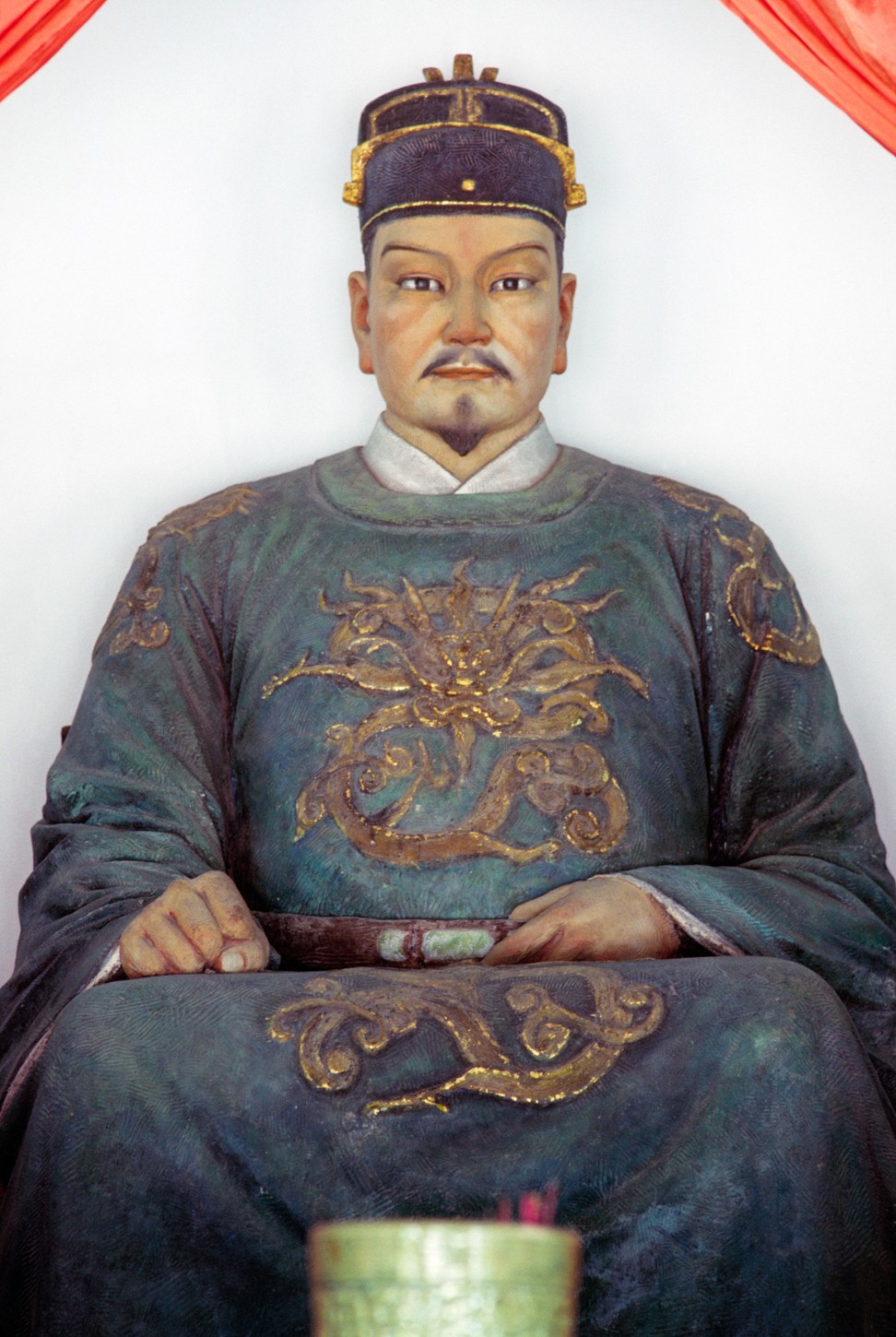
How Ming dynasty pirate took Taiwan from the Dutch in Joyce Bergvelt’s novel Lord of Formosa: review
A fascinating look at colonial history in Asia, this is a fast-paced and exciting tale of a Chinese-Japanese pirate/noble who took on the Dutch East India Company during the last days of the Ming dynasty
Lord of Formosa
by Joyce Bergvelt
4/5 stars

Despite, or perhaps because of, its relatively small size, Taiwan has had a turbulent and diverse history that has seen it endure dictatorship during the 20th century, Japanese colonisation, and being a minor part of the Qing dynasty.
But before all this, the island, then known as Formosa, was the prize of a mighty struggle between the Dutch and a Ming dynasty pirate nobleman almost 400 years ago.
Lord of Formosa – first published in Dutch in 2015 – is the story of Koxinga, or Zheng Chenggong, the son of a Chinese nobleman and a Japanese woman, and how he won Taiwan from the Dutch.
Chinese military classic The Art of War gets revealing new translation – book review
In a sweeping, fast-paced novel that covers Japan, China, Taiwan, and even Batavia (Jakarta), Dutch writer Joyce Bergvelt has written a compelling account of the nobleman warrior and pirate Koxinga. By doing so, she also brings a little-known part of Taiwan’s past into view.
In the early 17th century, Taiwan was part of the Dutch East India (VOC) empire that was centred around the East Indies or modern-day Indonesia. From Tainan in southern Taiwan, the VOC ran a fledgling colony that traded with local aboriginal tribes while overseeing settlers from China.

In Japan, meanwhile, a young boy was taken from his Japanese mother to his father, a wealthy nobleman, in China. Across the Taiwan Strait, the Ming dynasty was on its last legs as it was overrun by the Manchus, who would set up the Qing dynasty, China’s last imperial dynasty.
The young boy would learn both business and war, and swear his loyalty to the Ming imperial court, who renamed him Zheng Chenggong or Koxinga, lord of the imperial surname.
How a Hong Kong author’s violent childhood inspired her to write books for kids
As the Ming fled south in a futile attempt to survive and rekindle resistance, Koxinga’s father secretly switched allegiance to the Manchus. This act of betrayal aroused a sudden change in Koxinga, which would manifest throughout the rest of his life in sudden fits of anger and cruelty.
Lord of Formosa is not so much a biography as it is a historical action novel with Koxinga as the main character. Bergvelt portrays Koxinga as a flawed but driven warrior who saw his destiny as driving the Dutch from Taiwan and then ruling it as a base from which to retake China. Koxinga is not romanticised or lionised, but neither is it easy to develop much admiration or sympathy for him.

The narrative moves smoothly from Japan to China to Taiwan as events develop quickly. Bergvelt links the various events and places well and readers gain an understanding of Taiwan as a frontier settlement, with the Dutch only controlling the south of the island, while trading and trying to control local aboriginal tribes; settlers from China lived in villages clustered around the Dutch forts in Tainan.
However, there is not much detail about other parts of Taiwan besides the main Dutch forts and the surrounding settlements, while the characters, even Koxinga, can at times seem one-dimensional Dutch characters, perhaps unsurprisingly, feature prominently and there is a dearth of Taiwanese characters other than a treacherous translator and a few villagers with bit parts.
Einstein’s travel diaries reveal racist views of Chinese: industrious, filthy and obtuse
Lord of Formosa is nevertheless a fantastic action-packed novel that showcases this major historical figure from Taiwan’s past. As the Dutch-born Bergvelt notes, even in the Netherlands, Taiwan is hardly mentioned in school textbooks, presumably due in part to how it was lost to Koxinga. In Taiwan, this part of its history is not heavily covered either.
Koxinga, while a famous figure in both Taiwan and China, is virtually unknown to Western audiences. Bergvelt should be commended for shining a new light on Koxinga and highlighting the role of Dutch rule in the development of Taiwan.
Asian Review of Books
